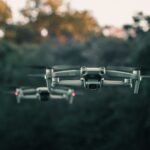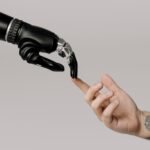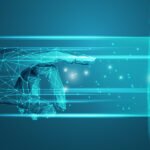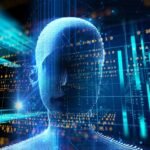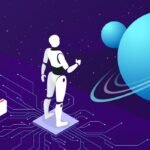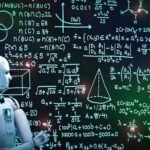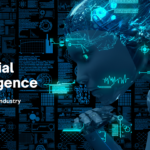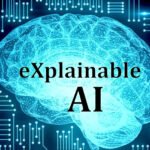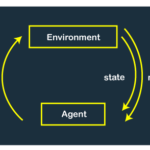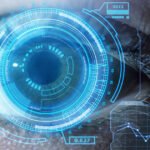AI: Making Data Protection Simpler
This session will explore the application of Artificial Intelligence (AI) and Natural Language Processing (NLP) techniques to identify sensitive data such as names, account numbers, and email addresses in text. We will discuss strategies for working with large datasets that contain personally identifiable information (PII) while ensuring compliance with regulations like GDPR.
Key topics to be covered include:
- AI and NLP for data identification: Learn how AI and NLP can be utilized to automatically detect and extract sensitive information from text, enabling organizations to efficiently identify and protect sensitive data.
- Managing large datasets with sensitive data: Discover best practices for handling large datasets that contain PII. We will discuss techniques for data encryption, secure storage, and access controls to ensure compliance with data protection regulations.
- Compliance with GDPR and similar regulations: Understand the key principles and requirements of GDPR and other data protection regulations. Explore how AI can assist in achieving compliance by automating data anonymization and pseudonymization techniques.
- Ensuring data integrity while anonymizing sensitive data: Explore the importance of maintaining the integrity and utility of datasets while removing or anonymizing sensitive information. We will discuss approaches such as differential privacy and generative models to preserve data quality and maintain usability.
By leveraging AI and NLP technologies, organizations can enhance their data protection efforts and comply with regulations governing the handling of sensitive information. Join us to gain insights into the practical applications of AI and NLP in data identification, privacy protection, and compliance, and learn how to effectively navigate the challenges of managing large datasets containing sensitive PII data.










